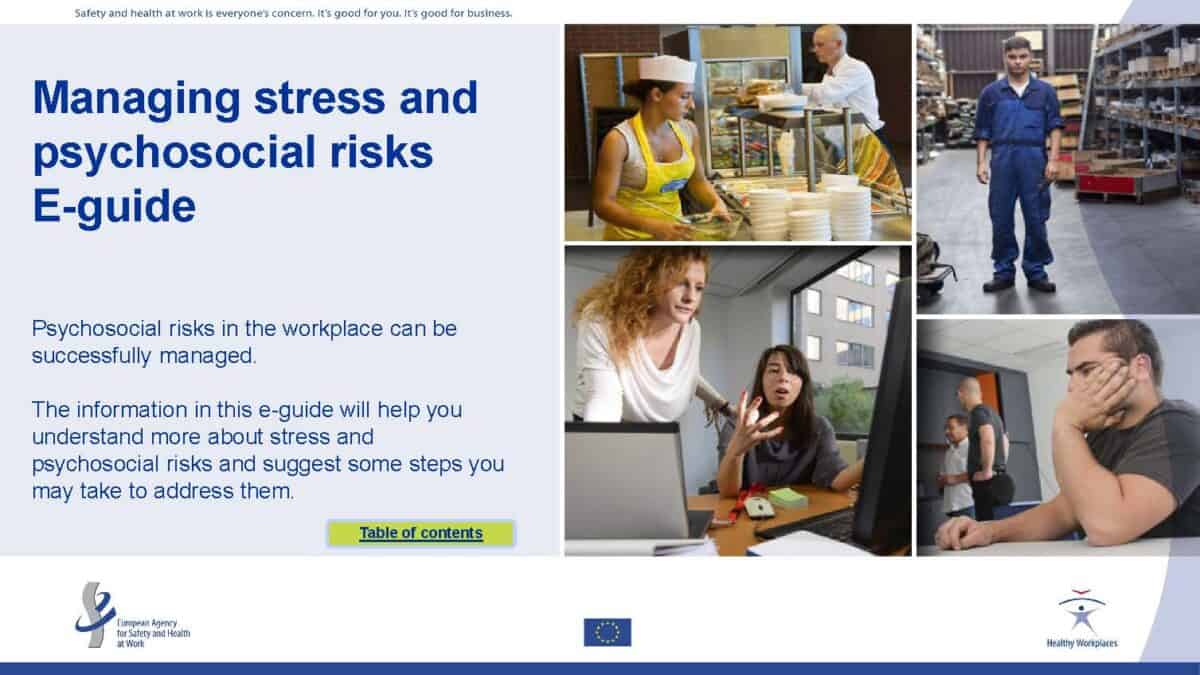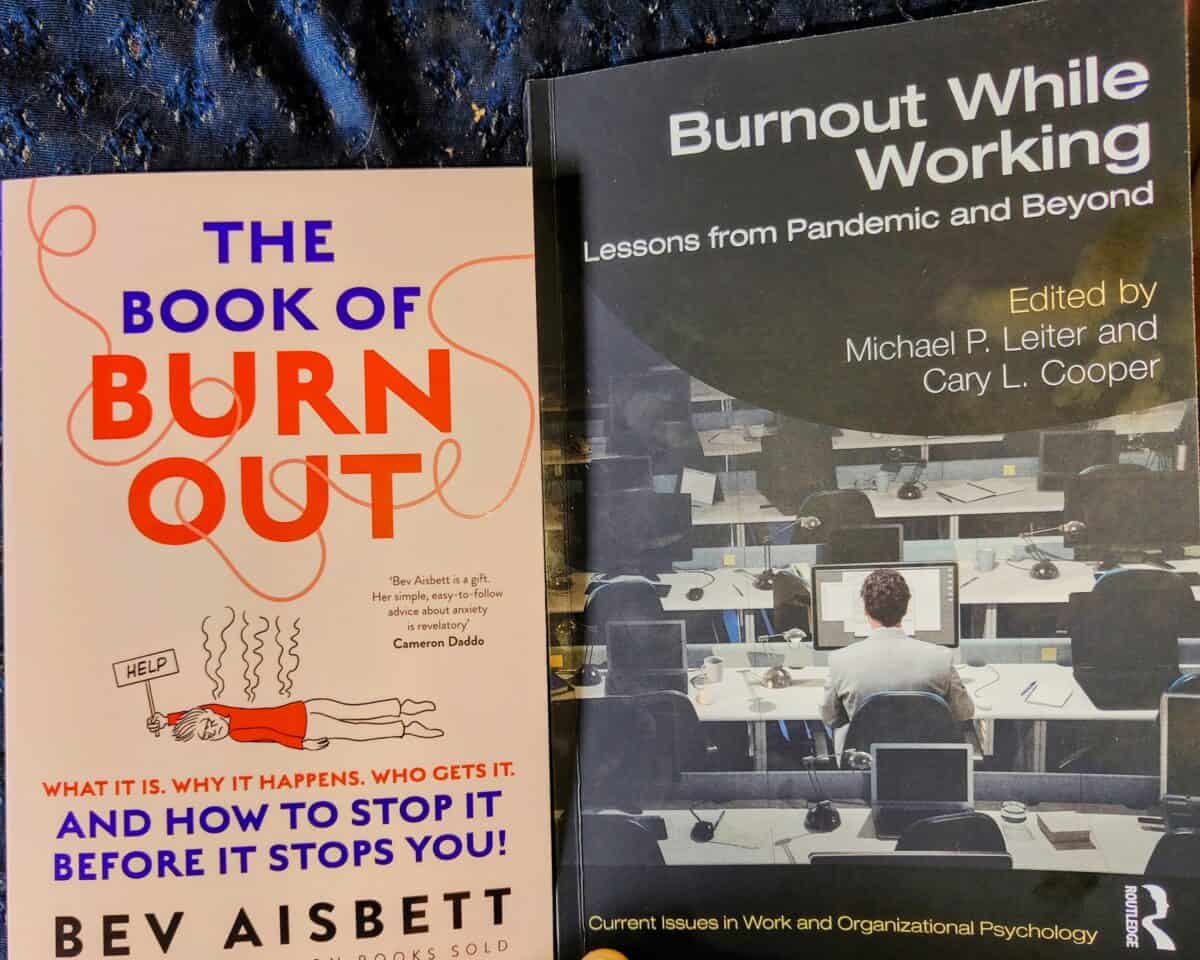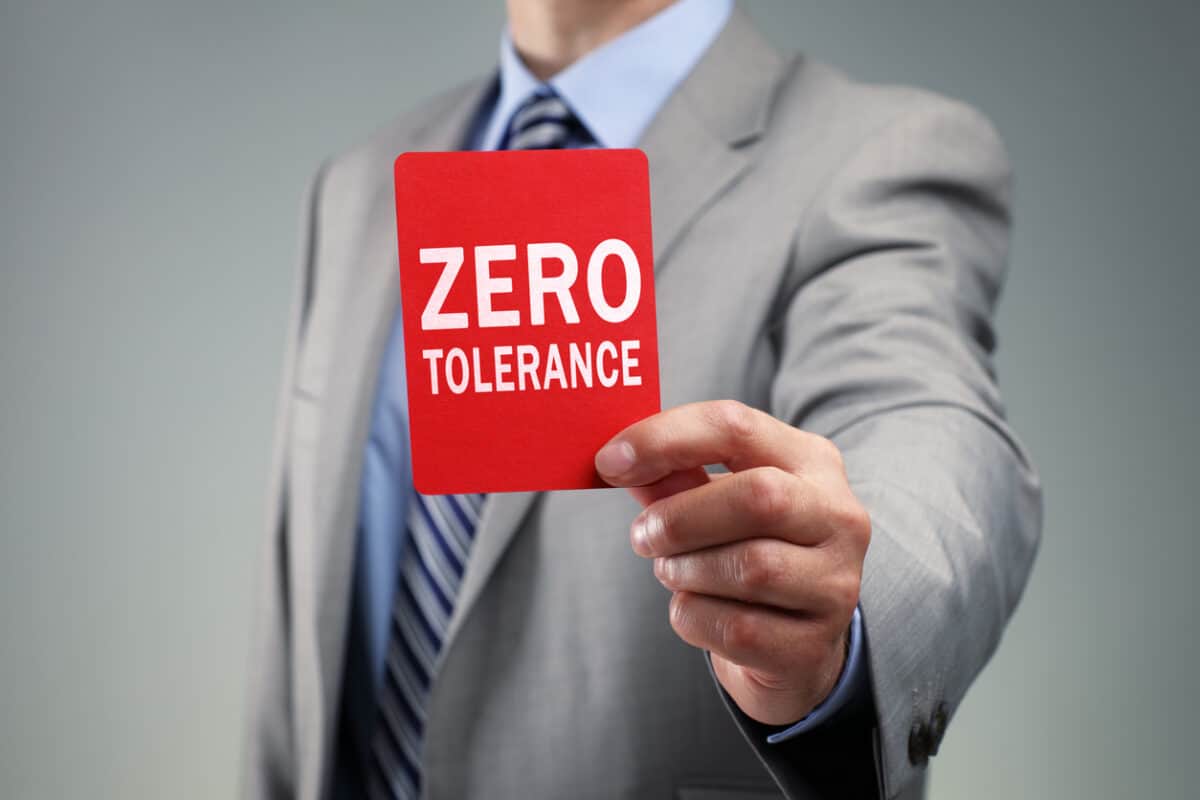The Australian Financial Review published an article on April 14 2023 (paywalled) about workplace health and safety risks faced by retail workers. The entry point was the stabbing death of twenty-year-old bottle shop worker Declan Laverty in Darwin. That a business newspaper includes an extensive article on workplace safety is a positive, but it tries to be too inclusive and overlooks hazard control measures.
Category: sexual harassment
The well-being and psychosocial “wild west”
With the new Psych Health and Safety regs/codes of practice, it seems many corporate ‘wellness’ providers are now branching out into the now topical, psychosocial risk management domain. As someone who supports several national/multinational organisations, I am seeing a big gap between the academic research, provider capability, corporate understanding, and real-world activity. I am also seeing some very questionable tools/approaches/programs and activities emerging in the race to sate the increasing corporate psych risk appetite.
[Guest post by David Burroughs]
Continue reading “The well-being and psychosocial “wild west””Hubris, thy name is HR
The Human Resources (HR) sector often feeds off itself, reinforcing what it has always done, rather than seriously looking at opportunities to improve from outside its own experience and discipline. Workplace mental health is a particular example.
Recently the Human Resources Director (HRD) website promoted a new well-being survey from AON with the headline:
“Want to boost company performance? Invest more in wellbeing – Higher wellbeing scores can enhance performance by up to 55%: Aon report”
My initial response was WTF?! But after giving up some of my identity data to the website and reading the AON Report. My surprise diminished as I realised the report was just another example of comforting a profession on a workplace issue about which it is losing control.
Plain psychosocial health guide has great potential
Recently the European Agency for Safety and Health at Work released an “e-guide” on managing stress and psychosocial risks at work. It offers a radical contrast to some of the information on risks and burnout that originate from the United States.
The e-guide is really a PDF file that uses the software’s features to establish links between the table of contents and relevant pages of information. This is a little “old school” but the Agency often does this, I think, to allow for wide distribution and easy application.
Don’t mention profit
The primacy of profit to employers is an accepted truth. However, the size of the profit and the pathway to those profits are not absolutes, and it is in this latter context that occupational health and safety (OHS) lives.
Even though profit is a business truth, it is often a word that business representatives seem to fear. They speak of profit through synonyms like “productivity” and “competitiveness”. An example of this timidity or wariness was displayed recently by prominent businessman Michael Angwin in an opinion piece in the Australian Financial Review (paywalled) that contained many other cautious words of business jargon. Angwin misses the harm to workers and others generated by the world as he sees it.
The two extremes of managing burnout
Two new books about burnout arrived on my doorstep this week. They could not be more different. They reflect the mess of approaches to this type of psychosocial injury. Only one provides valid, useful evidence and advice.
Bev Aisbett released a book that I found unreadable – partly because of the advice offered but mostly because of the atrocious formatting where she YELLS almost all the time in the most annoying social media way. Below is a random example.
Addendum: Chris Smith and the prevention of harm
The earlier Chris Smith article mentioned the earlier incidents that, given his recidivism, the control measures implemented failed or were inadequate. If these incidents had involved occupational health and safety (OHS) concepts and investigations, the latest incident may never have occurred.
OHS is big on investigations and contributory factors but usually after an incident. OHS tends to identify faults and failures after the event. However, this has become the norm because OHS and employers are less able or interested in investigating incidents with lesser consequences or what OHS call Near Misses. Chris Smith had no near misses, each of the earlier “misbehaviours’ were incidents that seem not to have been investigated to the standard or depth intended in OHS.







